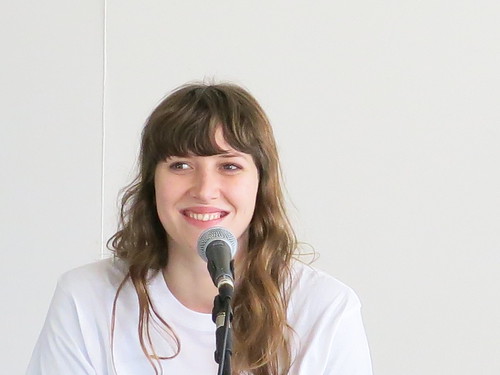
The opening sentence of a book is arguably the most important, because that line determines if the reader will keep on going. But it’s often a good rule of thumb to start your song off with something that’ll “hook” the listener. After all, you do want the chorus to be the catchiest bit.

Many song writers typically save their best lyrics for the chorus. Outro: The end of the song, which can either be a repetition of the chorus or a unique ending.It often serves as a transition between the two and adds more depth and dynamic to the song. Bridge: A section that provides contrast to the verse and chorus, both musically and lyrically.The chorus usually contains the main message or “hook” of the song. Chorus: The section with a catchy melody and lyrics that the listener can sing along with.Verse: The section that sets up the story or message of the song, usually with a consistent melody and chord progression.Intro: The beginning of the song, usually instrumental or with minimal vocals, to grab the listener’s attention.Most songs typically include these sections: Keep in mind that structuring a song is always a subjective process and there are different ways to approach it depending on the genre and your own personal preferences. Now that you have a bundle of decent ideas to work with, it’s time to start polishing and piecing them together into a completed song with proper song structure. Whether you bring along a physical journal, or simply record voice memos in an app on your phone, having a way to jot down your ideas on the fly will provide you with a useful collection to look back on when it is time to sit down to write. Inspiration doesn’t always just flow the second you sit down to write a song! It helps to have a way to store your creative ideas when you’re on the go. Keeping your audience in mind will allow you to better speak directly to them.īrainstorming can also happen at any time in the songwriting process. But, even the lyric “put your hands up” carries a totally different meaning when you’re talking to one person, versus a thousand. Obviously, you’ll want to use words, phrases, and lyrical styles that are fitting for your audience. Ask yourself “who is this song for”? Is it for you? Your friends? A room of metalheads moshing their brains out? When you’re brainstorming ideas, make sure to focus on the audience. The key here is to just get your ideas out onto the page so you actually have some pieces to work with. Don’t worry about making them rhyme or fit into any specific structure at this point. Write down any words, phrases, or images that come to mind.

19.Once you have the story you wish to tell, start brainstorming some ideas around it. Maya Angelou's I Know why the Caged Bird Sings: A Casebook. Jane Austen and Mozart: Classical Equilibrium in Fiction and Music. The Charlie Parker Companion: Six Decades of Commentary.


Le Corbusier, 1887-1965: The Lyricism of Architecture in the Machine Age. Dancing Revelations: Alvin Ailey's Embodiment of African American Culture. Poetry: Maya Angelou's poetry has intrinsic lyricism.Painting: The Starry Night by Vincent van Gogh can be considered the sine qua non of lyricism in the world of art.In Classical music, nearly all of Wolfgang Amadeus Mozart's work has been revered at one time or another for its lyricism. Music: In Jazz, Charlie Parker is renowned for his lyricism.Film: Lost, Lost, Lost (1976) has been described as an example of the mid-20th century lyricism movement in film, as well as The Art of Vision (1965) and Fireworks (1947).Dance: Tchaikovsky's Swan Lake, or The Sleeping Beauty exhibit classic lyricism.Modern examples would be some of the later works of Le Corbusier and Zaha Hadid. Architecture: The Nasir ol-Molk Mosque may be seen as an example, as well as the Taj Mahal, or the Sistine Chapel.The following are some classic examples of lyricism: Although it is impossible to define beauty, emotion, or imagination in a definitive manner, it is possible to draw upon examples of works that may share those characteristics in both subtle and dramatic ways.


 0 kommentar(er)
0 kommentar(er)
